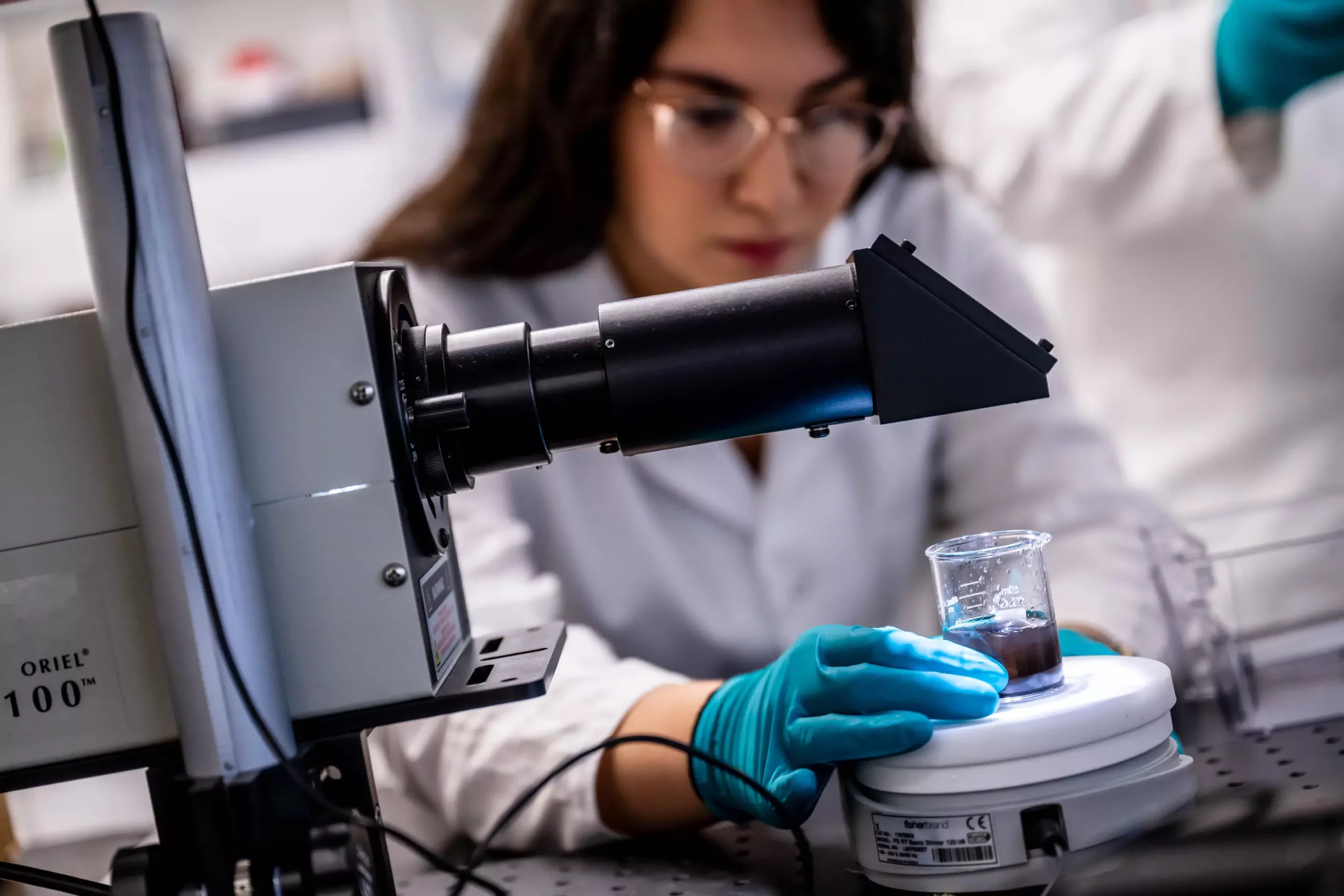Per- and polyfluoroalkyl substances (PFAS), frequently dubbed “forever chemicals,” have emerged as a significant environmental issue due to their widespread use and toxicity. These synthetic compounds are ideal for myriad consumer applications, from waterproof attire to food packaging, because of their remarkable resistance to heat, stains, and water. However, this very resilience is what makes PFAS a troubling pollutant, as they persist in ecosystems and human bodies, leading to dire health consequences, including cancer and liver dysfunction. As awareness of these hazardous chemicals grows, so does the urgency for effective remediation strategies.
Researchers at the University of British Columbia (UBC) have recently made strides in addressing PFAS contamination through an innovative treatment system that captures and degrades these toxic substances simultaneously. Published in *Nature Communications Engineering*, this research introduced a transformative approach combining activated carbon filtration with a proprietary catalyst designed specifically for PFAS. Dr. Johan Foster, the leading scientist on the project, emphasized the dual function of the newly developed system: its ability to adsorb and degrade PFAS concurrently, providing a comprehensive solution to a problem that has long lingered in environmental science.
The unique methodology of the UBC system hinges on a compact two-step operational mechanism. First, harmful PFAS substances are trapped through adsorption onto the activated carbon filter. Following this, the patented catalytic process involves breaking down these trapped substances into innocuous byproducts. This integrated system enables the efficient processing of large volumes of water, significantly more effectively than many existing technologies that either only trap pollutants or attempt to degrade them in separate stages. Dr. Foster noted that this streamlined approach allows for rapid treatment, claiming that their system can eliminate up to 90% of PFAS compounds within a mere three-hour timeframe.
One of the standout features of the UBC catalyst is its adaptability to varying environmental conditions. Unlike many current approaches that rely heavily on consistent ultraviolet (UV) light exposure to function optimally, UBC’s system demonstrates considerable efficacy even under lower UV conditions. This adaptability makes it particularly beneficial in regions that experience limited sunlight, such as certain northern municipalities, which often face unique environmental challenges.
Moreover, the versatility of the catalyst suggests that it could also be effective against a broader spectrum of persistent environmental contaminants. This aspect broadens the potential application of the technology, positioning it as a promising tool in the ongoing battle against water pollution not just from PFAS but potentially other toxins as well.
With the promising results from initial tests, the researchers established a company named ReAct Materials to explore the commercialization of this innovative technology. The goal is not only to develop a practical solution for municipal water systems but to address the needs of industrial applications, particularly concerning waste stream clean-up. This is crucial in a world where industries are increasingly held accountable for their environmental impact.
The economic implications are also notable; the catalyst produced from renewable resources like forest or agricultural waste not only reduces production costs but corresponds with sustainable practices. As municipalities and industries grapple with escalating regulatory pressures around PFAS and water safety, adopting this catalyst could not only mitigate environmental damage but also provide a responsible and low-cost alternative to traditional methods.
The advancements made by the UBC team stand as a beacon of hope in combating the PFAS dilemma. With their capacity to effectively capture and destroy harmful chemicals in water supplies, this new treatment represents a forward-thinking solution tailored for future needs. As research progresses and commercial efforts unfold, there is potential not only for widespread environmental benefit but for healthier communities free from the threat of harmful contaminants. The journey toward overcoming the PFAS crisis may well be gaining momentum, grounded in scientific innovation and collaborative spirit.

